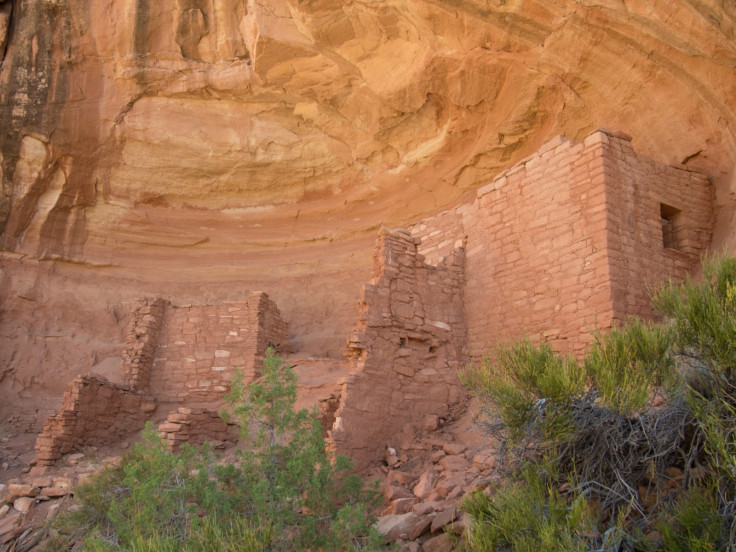Ancient Colorado stone circles reveal history of sacrifice and ritual among Pueblo people
Archaeologists are investigating ancient Pueblo settlements in Colorado with the guidance of Hopi people.
Stone circles in Colorado made by the Pueblo people of North America more than 800 years ago were used for sacrificial offerings and rituals, research has found.
The Pueblo people lived in settlements in present-day Colorado for almost a thousand years, up until the 13th Century. Their traditions and history have been passed down through oral traditions for centuries to today's Native Americans, allowing insight into the original uses of structures such as stone circles and the architecture of stone houses and towers.
Leigh Lomayestewa, Ronald Wadsworth and Gary Nicholas of the Hopi Cultural Center in Arizona worked with archaeologists from the Jagiellonian University in Krakow, Poland, to shed light on the history of the stone circles.
This collaboration was essential, said archaeologist Radosław Palonka, who is leading the Sand Canyon Archaeological Project at the site. Without working with Hopi people with a knowledge of ancient Native American traditions, the stones would be as mysterious to archaeologists as the stone circles of Europe, such as Stonehenge.
The 13th Century stone circles were involved in sacrifice, celebratory ceremonies and possibly in making astronomical observations, the archaeologists learned. The culture of sacrifice survives today in the Hopi culture, with sacrifices of flour from the sacred plant corn offered before entering the settlements. The archaeologists were encouraged to join in these rituals, said Palonka.
"The meetings and conversations with the Native Americans are very valuable – they allow us to correctly interpret the remains of the old structures," he said in a statement. "This is possible in part because many buildings similar to those we find in cities from before nearly a thousand years, are still being erected and used by the Native Americans today."

The collaboration also led to discoveries about the significance of nearby mountains to the settlement. Building entrances were often directed towards Sleeping Ute Mountain, which reaches 2,996 metres above sea level at its peak.
"They mark the boundaries of [Pueblo] lands. They are associated with the creation of the first people and symbolise the directions of the world. They are places of ceremony," said Palonka.

The archaeologists hope to reveal why in the 13th Century the Pueblo people abandoned their settlements in Colorado and migrated to the south, to present-day Arizona and New Mexico. It's thought that environmental conditions such as drought, coupled with invasions, could have forced the Pueblo people to abandon their historic settlements.

© Copyright IBTimes 2025. All rights reserved.






















